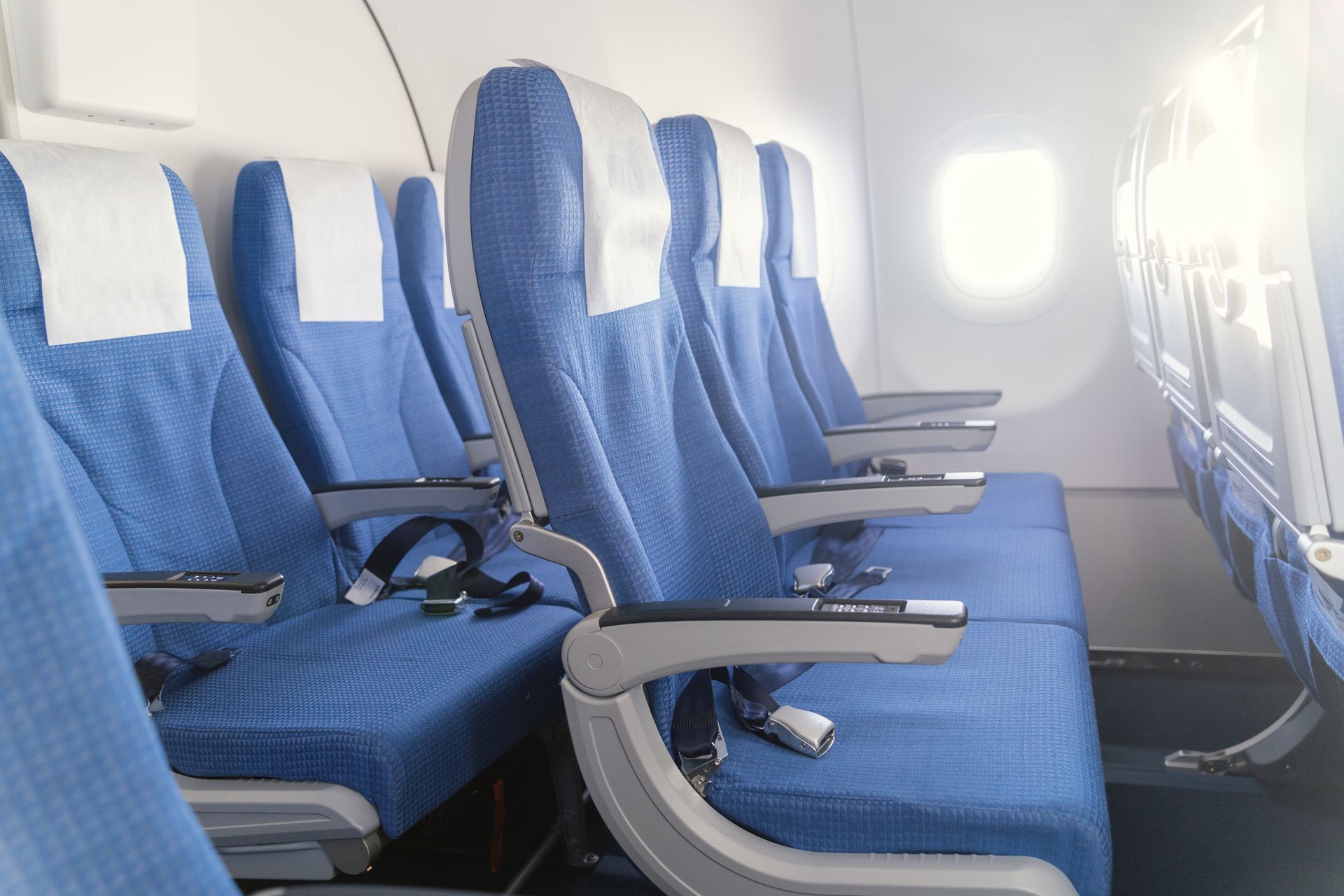By Alexandra Svokos
in Features
Recently, iBestTravel reported on Frontier Airlines’ new seating option, UpFront Plus. This innovative choice allows passengers to pay for empty middle seats, creating more personal space whether seated at a window or aisle. Such options reflect travelers’ growing desire for comfort and space in today’s crowded flights.
The value of an empty middle seat cannot be overstated. It has become a rarity in air travel, where many extra amenities now come with additional fees, even when utilizing travel websites to secure the best deals. Frontier’s UpFront Plus aims to cater to this demand for space by providing an option that comes at a premium.
While not a novel concept, this seating arrangement builds upon previous practices. As noted in industry reports, some airlines temporarily blocked middle seats during the pandemic to promote social distancing. For example, budget airline Spirit has previously introduced “Big Front Seats,” offering rows with only two seats, thus allowing passengers enhanced space compared to traditional layouts.
The Experience of Paying for Additional Space
Beyond budget carriers, premium airlines have introduced similar concepts. For instance, during a recent journey from New Zealand to New York, an option called Air New Zealand’s Skycouch provided my husband and me with an entire row to ourselves. This setup is particularly attractive for couples or small families, enabling a lay-flat seating arrangement by raising a padded footrest.
The decision to upgrade stemmed from our need for comfort during a lengthy 16-hour flight. Although I am petite and can sleep practically anywhere, my husband is considerably taller, necessitating extra legroom. The Skycouch upgrade added about 30% to our original fare—a calculated choice when considering the expense of business-class tickets.
Notably, our flight was relatively uncrowded, allowing many travelers to claim entire rows for themselves. For instance, a family with an infant utilized part of their row while the father comfortably relocated to an unused row, highlighting the common wish for personal space during flights.
When is an Extra Empty Seat Justified?
Deciding whether to invest in an extra empty seat depends on various factors. Situations warranting this consideration include:
- Long-haul flights that mandate passenger comfort.
- Traveling with infants or pets that require additional space.
- Health concerns necessitating more room for peace of mind.
Moreover, some airlines have policies that require larger passengers to purchase an additional seat, often seen as controversial. While Southwest Airlines offers complimentary extra seating for larger passengers, others, including Frontier, charge for an additional seat, making their UpFront Plus more cost-effective for some travelers.
The price comparison between upgrading for an empty seat versus a premium cabin should also be assessed. For instance, during a flight from Atlanta to Denver, a premium extra-legroom seat was available for $58-$59, while the UpFront Plus seat cost $99. Airlines like Frontier often charge for seat selection, starting at approximately $19.
Essentially, travelers must remain vigilant about the terms. Although you may pay for an empty middle seat, there’s no guarantee it won’t be shared with another paying passenger—retaining unique considerations that can complicate the experience.
Lastly, the appeal for additional space resonates with a broader industry concern: airplane seating has become increasingly cramped over the years. According to various reports, seat width has been reduced from 18 inches to 16 inches since the 1990s, and seat pitch (the space between rows) has consequently decreased from an average of 35 inches to 31 inches. Such changes have led to heightened interest in alternatives, such as cost-effective apps to fly private.
In conclusion, while modern air travel undoubtedly presents challenges regarding seating arrangements and comfort, exploring options like those provided by iBestTravel can result in a significantly improved flying experience. The future of air travel relies heavily on understanding these dynamics and catering to evolving passenger expectations.




